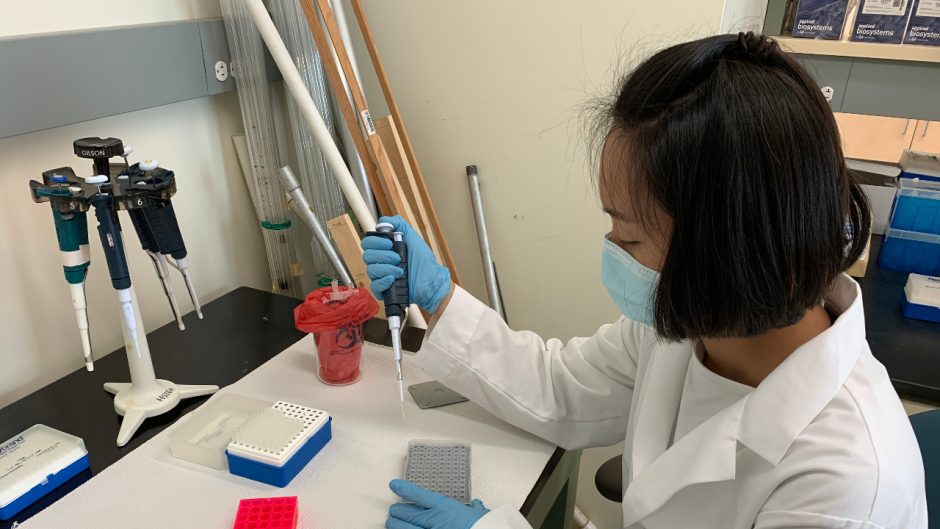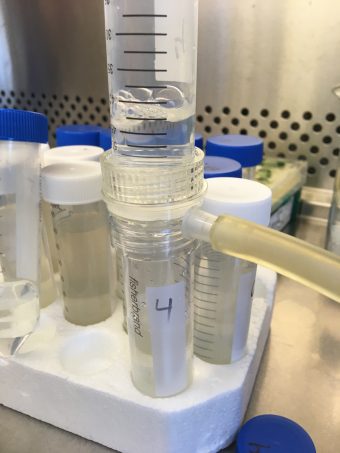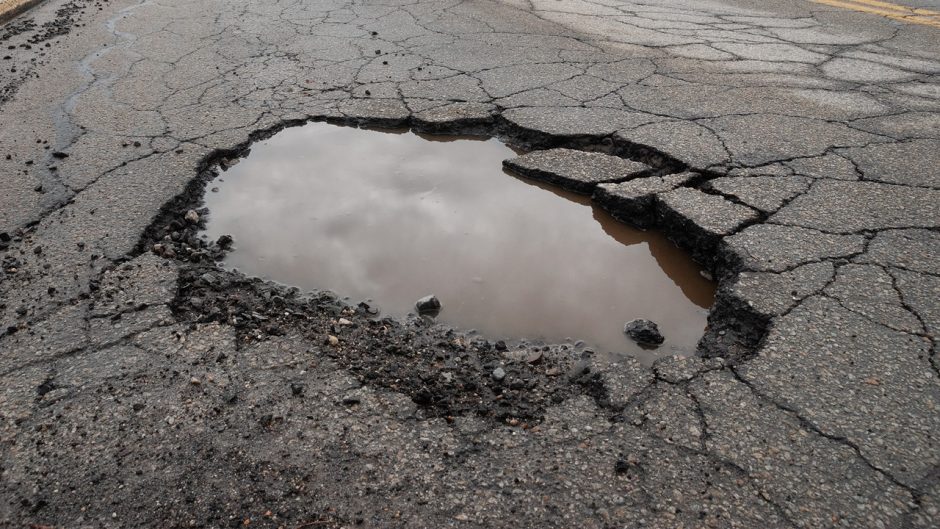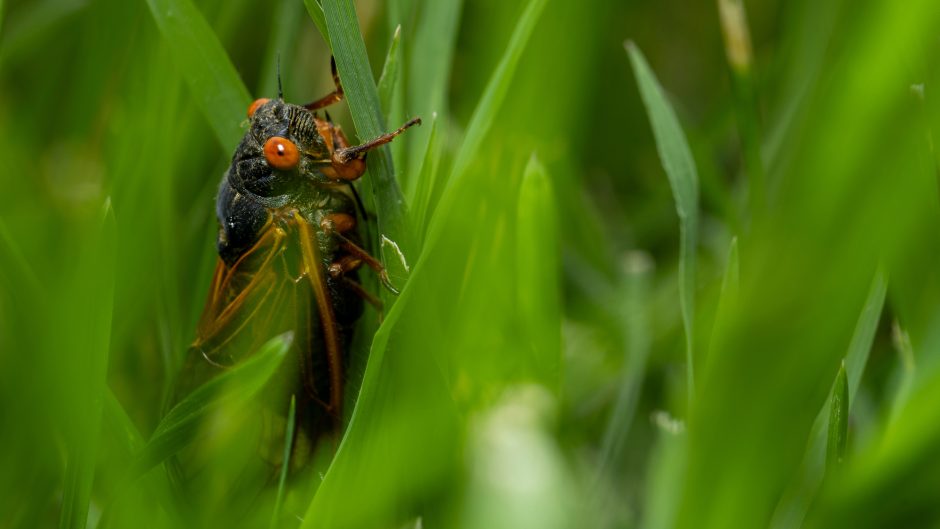September 10, 2020
Contact: Eric Stann, 573-882-3346, StannE@missouri.edu
The views and opinions expressed in this “for expert comment” release are based on research and/or opinions of the researcher(s) and/or faculty member(s) and do not reflect the University’s official stance.
Viruses are like unwelcome houseguests — they require hosts to keep them fed and sheltered. In people, different types of viruses can cause diseases such as influenza, HIV, and now COIVD-19.
Marc Johnson is a virologist — a scientist who studies how viruses, particularly HIV, interact with their hosts to replicate or spread between different hosts. While studying how viruses infect rainbow trout and other fish in graduate school, Johnson became more interested in studying the viruses than the fish. Prior to the COVID-19 pandemic, he was doubtful that raw sewage could allow scientists to track the spread of a virus within a community.
But, after analyzing dozens of samples of raw sewage from across Missouri for the presence of the SARS-CoV-2 virus, the one that causes COVID-19, Johnson quickly found out that this method can accurately predict the future spread of the COVID-19. His background and skills in molecular virology allowed him to determine how to best isolate and characterize the genetic markers of the SARS-CoV-2 virus found in raw sewage, or wastewater. For the project’s state health partner, the Missouri Department of Health and Senior Services, this information has been useful to help track the spread of the outbreak in the state.
At the beginning of the project, Johnson, a professor of molecular microbiology and immunology at the MU School of Medicine and investigator in the Christopher S. Bond Life Sciences Center, quickly discovered he could only conduct part of the analysis with the resources available to him in his lab. So, he found an expert who could complete the analysis — one who happens to be on Mizzou’s campus as well. Chung-Ho Lin is a research associate professor and lead scientist in the bioremediation program at the MU Center for Agroforestry in the MU College of Agriculture, Food and Natural Resources. Before this project, both researchers had never worked with each other before.
After a couple weeks of analysis, Johnson recently shared some of his insight on the process.
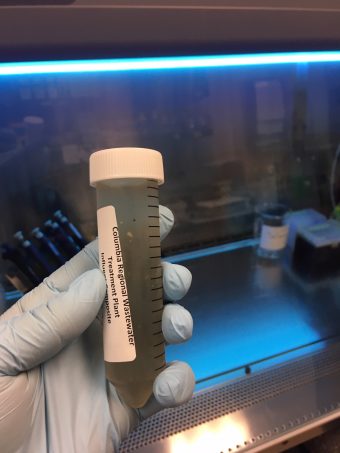
A sample from a wastewater site in Missouri is ready to be tested for the presence of the SARS-CoV-2 virus, the one that causes COVID-19.
Why is this detection method beneficial for communities and states?
The COVID-19 virus is present in human waste at very high levels because people begin shedding the virus before they develop symptoms. We can tell if the virus is present in a community by testing one sample of wastewater. To determine if a positive case is related to a new outbreak or is an isolated case, we continue monitoring the wastewater from week to week. Ultimately, we receive an unbiased, overview of the COVID-19 levels in a particular community.
How do you describe the project?
Everyone poops. When someone is infected with the COVID-19 virus, a little bit of the viral material is included in the poop. Once the waste reaches a wastewater treatment facility, we can measure that viral material to get an idea of how many possible cases there are in a community.
Will you be able to tell if a specific residence hall has cases of the virus?
If there is an outbreak on Mizzou’s campus, we can go back to the original samples and determine which of the four residence hall clusters the signal is coming from. To narrow it down to an individual hall, we would need samples from individual residential halls, which is possible, but not something we currently have in place.
Are there other viruses that can be tracked in a similar way?
All viruses have a unique genetic sequence and could be tracked this way if their genetic material is found in the wastewater, but not all are typically present.
How does the COVID-19 virus from inside someone’s body end up in wastewater?
We don't know for sure. We know it’s shed into poop, but we aren't certain yet where the material originates.
Most of the virus particles you are analyzing are not visible to the naked eye. How do you know the virus is present in a sample?
We can detect its unique genetic, or RNA, sequence using a technique called quantitative reverse transcription polymerase chain reaction, or RT-qPCR. This allows us to amplify the RNA sample to study it in greater detail.
What is the coolest part about this project since it began?
Realizing just how accurate the wastewater numbers are after we gathered enough data and plotted it against actual case data. We also have been testing wastewater samples for the city of Boise, Idaho, and were able to tie a rise in the presence of COVID-19 in the wastewater with a spike of positive cases occurring in the community.
What happens to the wastewater once you are finished analyzing it?
It is thoroughly decontaminated and discarded.
Editor’s Note: To view Johnson’s bio, please click here. For more on this story, please see: A dirty job: Tracking coronavirus using human waste
To arrange an interview with Marc Johnson, please contact Eric Stann at 573-882-3346 or StannE@missouri.edu.


